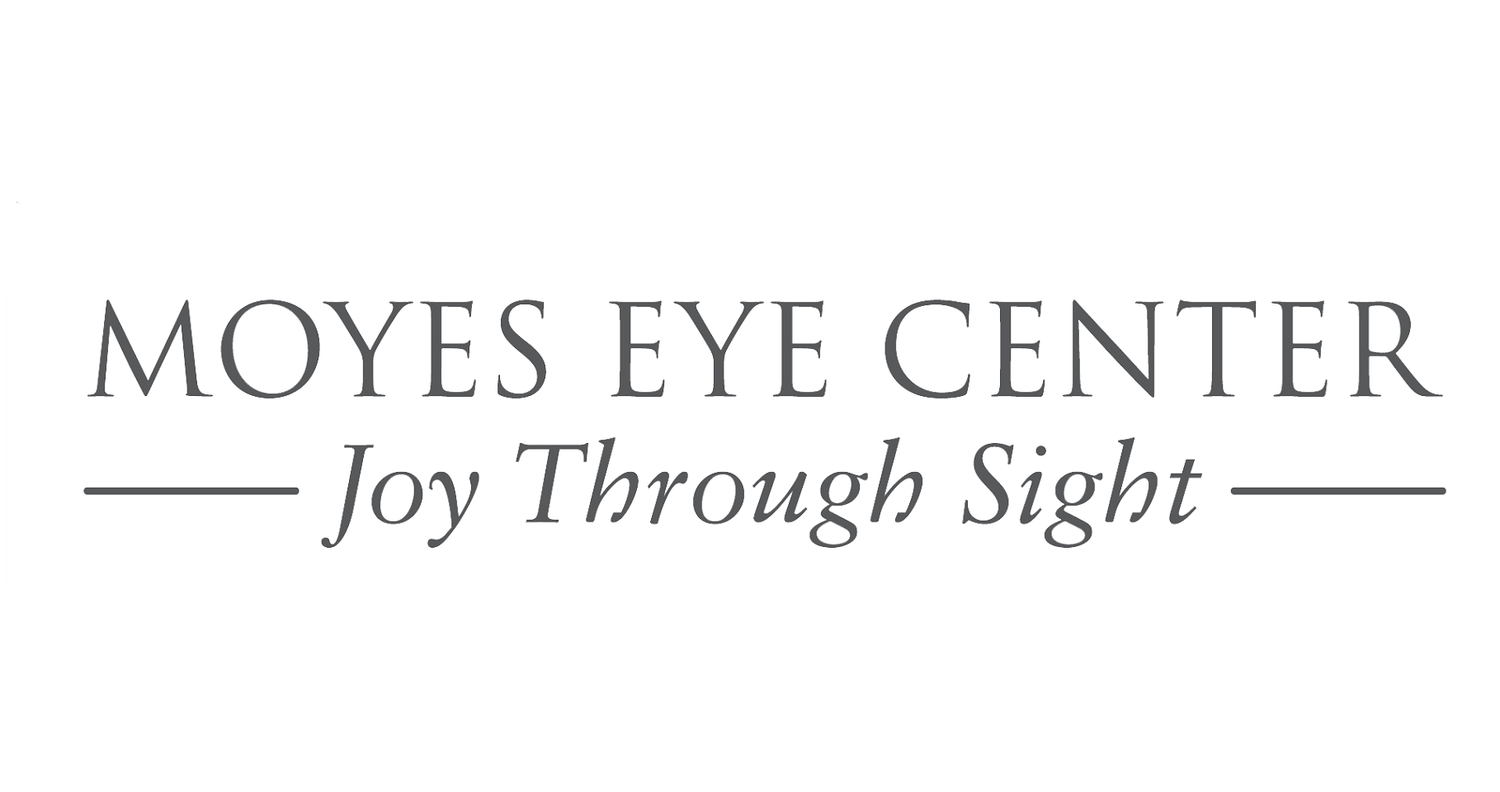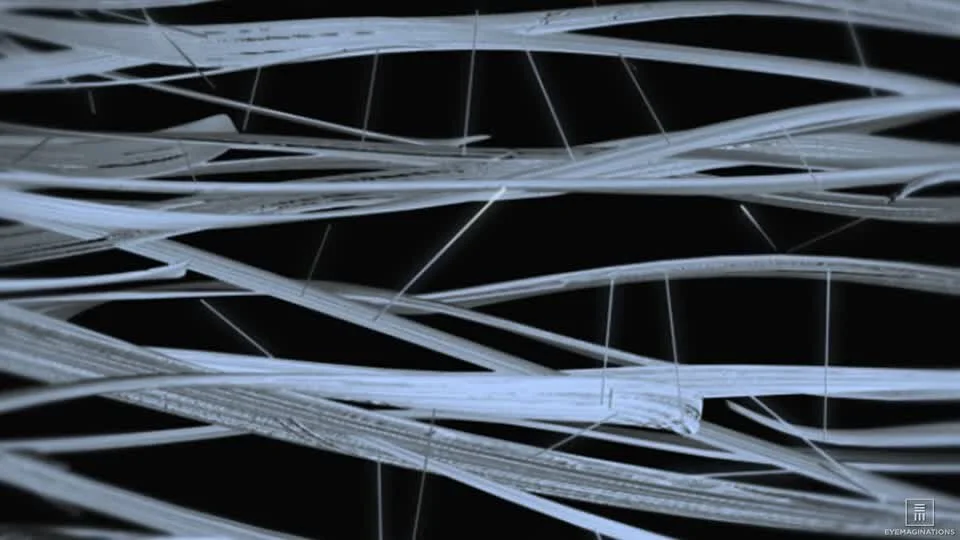What is Corneal Cross-Linking?
Corneal Cross-Linking (KXL) is a treatment that strengthens and stabilizes the corneal collagen. The cornea is the clear
“wind shield” of the eye that we look through and is made up of primarily collagen. Our bodies naturally “cross link” our
collagen as part of the normal aging process likely related to UV light exposure. The KXL treatment accelerates that normal
aging change to help stabilize the corneal collagen in patients who have degenerative cornea diseases such as keratoconus and corneal ectasia.


